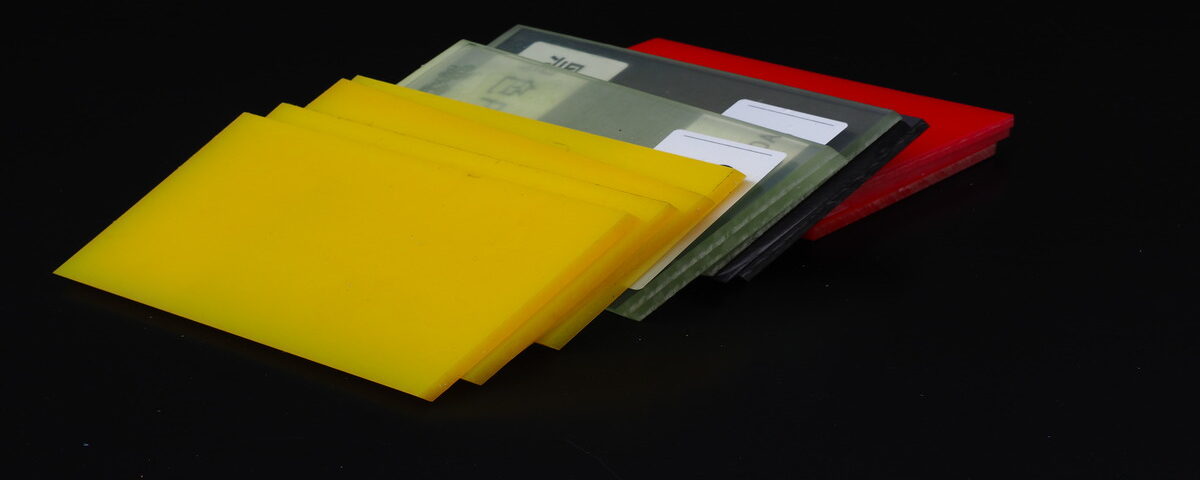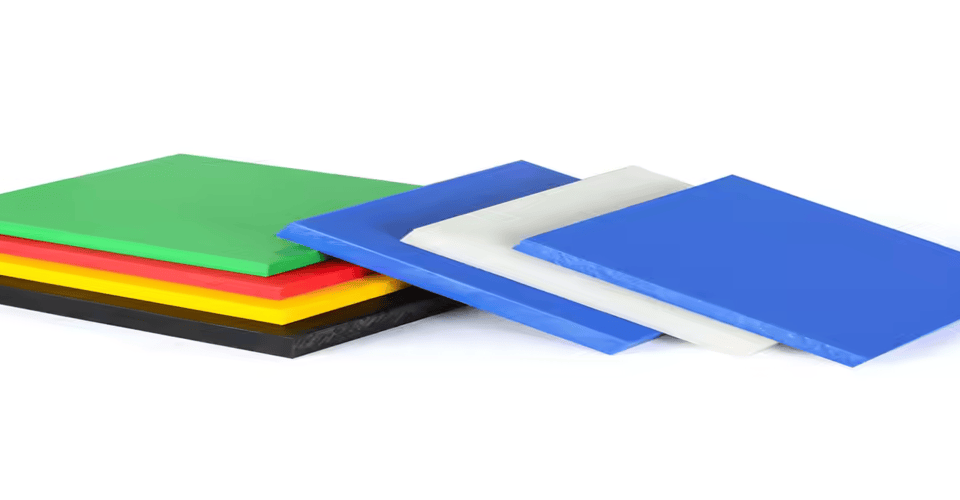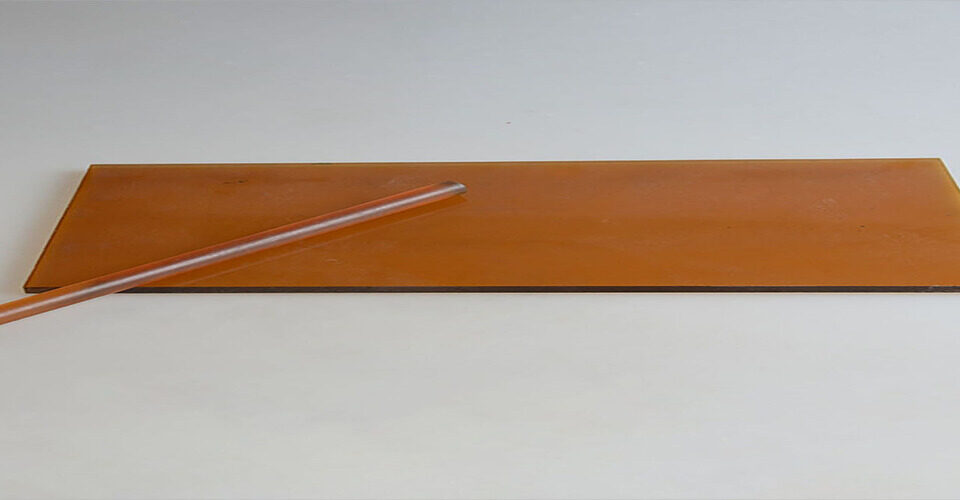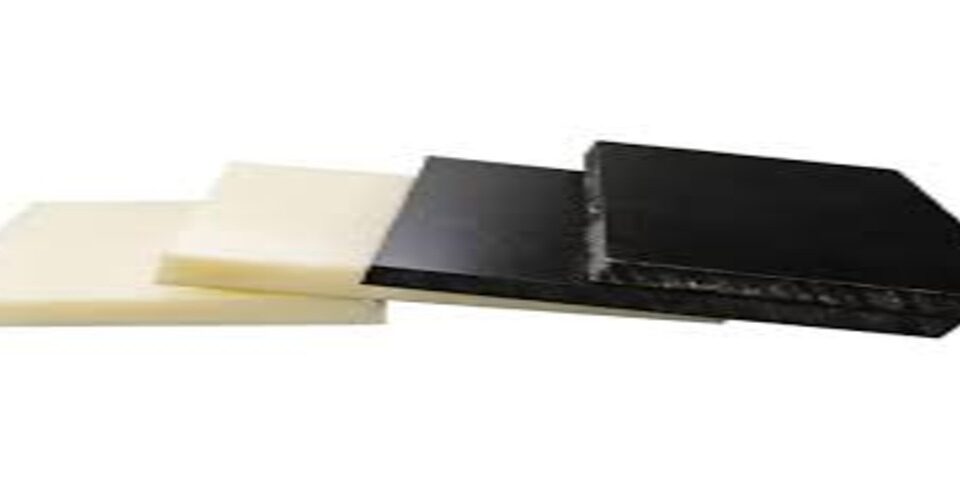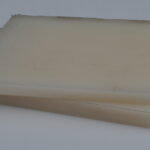
What is the Disadvantage of PVDF Material?
November 21, 2024
What is a PTFE Skived Sheet?
November 22, 2024Polyurethane (PU) is a versatile polymer that can be manufactured in various forms, including foams, coatings, elastomers, and adhesives. Its broad range of properties, such as flexibility, durability, and resistance to abrasion, make it suitable for numerous applications across various industries.
Foam Products
One of the most common uses of polyurethane is in foam production. Flexible polyurethane foam is widely used in furniture, bedding, and automotive seating due to its cushioning properties. Rigid polyurethane foam is also used for insulation purposes in buildings, refrigerators, and appliances because of its excellent thermal resistance and energy-saving qualities.
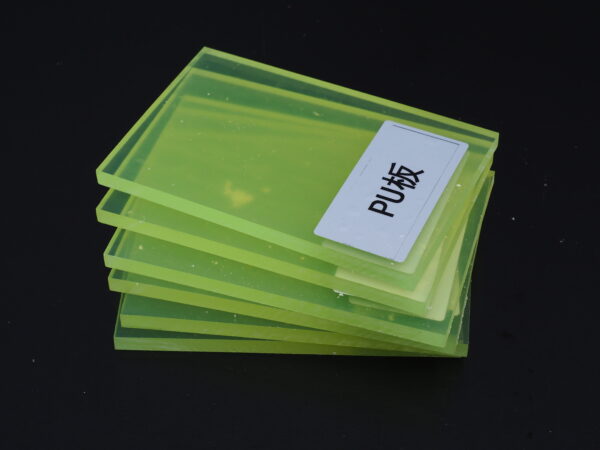
Coatings and Paints
Polyurethane coatings are highly valued for their durability and resistance to scratches, chemicals, and weathering. These coatings are used in automotive finishes, wood furniture, flooring, and industrial machinery. They offer a glossy, long-lasting finish that enhances the aesthetic appeal and protects surfaces from damage.
Adhesives and Sealants
Polyurethane-based adhesives are used for bonding materials such as wood, metals, plastics, and glass. These adhesives provide strong, flexible bonds that are resistant to moisture and temperature changes. Polyurethane sealants are used in construction, automotive, and marine industries to provide waterproofing and protect against leaks.
Elastomers and Bearings
Polyurethane elastomers are used in applications that require flexible, durable materials with excellent wear resistance. They are commonly used in wheels, gaskets, seals, and bearings, particularly in machinery and automotive parts that experience frequent wear and tear.
Conclusion
Polyurethane’s flexibility, strength, and versatility make it an indispensable material in industries ranging from furniture manufacturing to automotive production and construction. Its ability to be tailored for specific applications allows it to perform well in a wide variety of uses.


